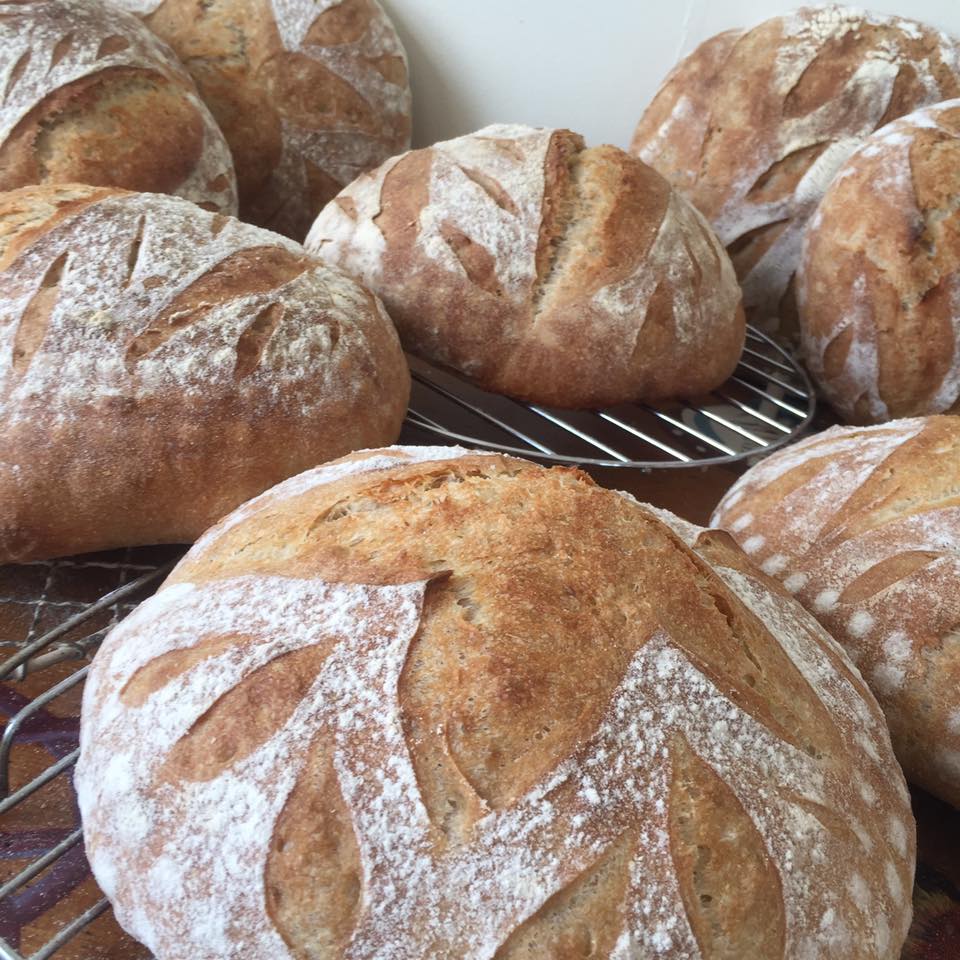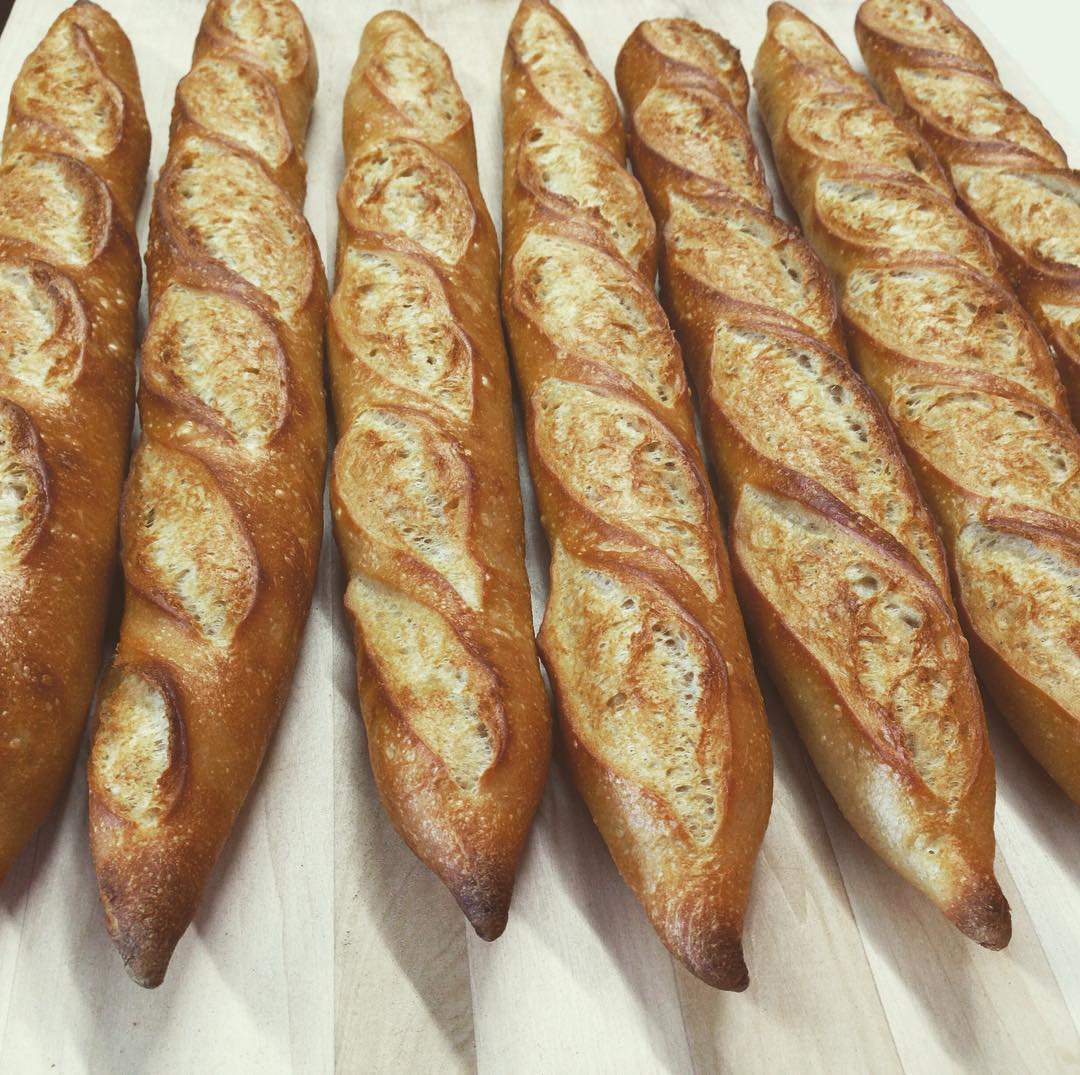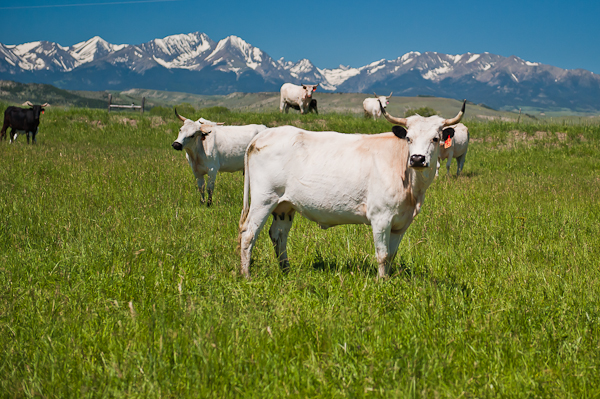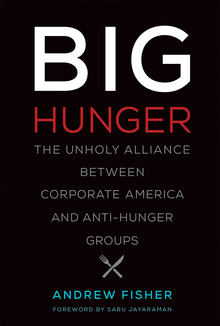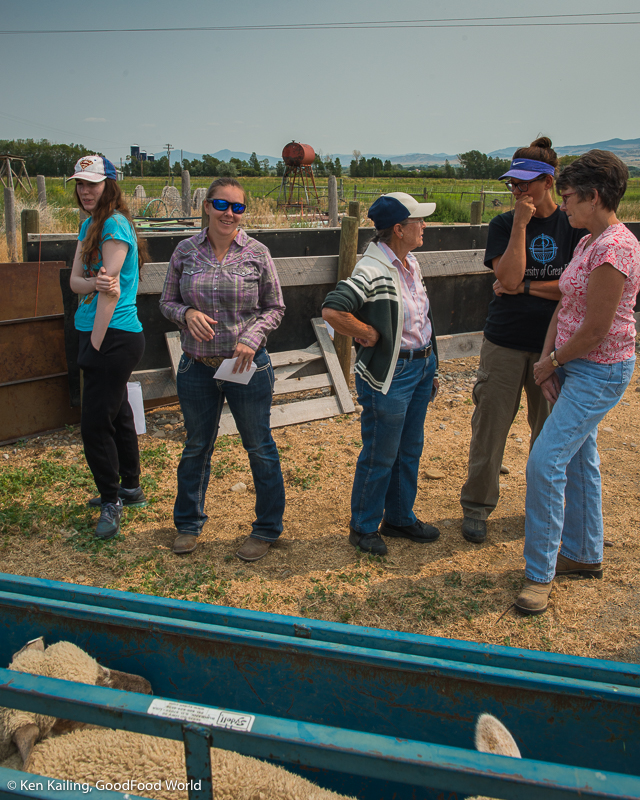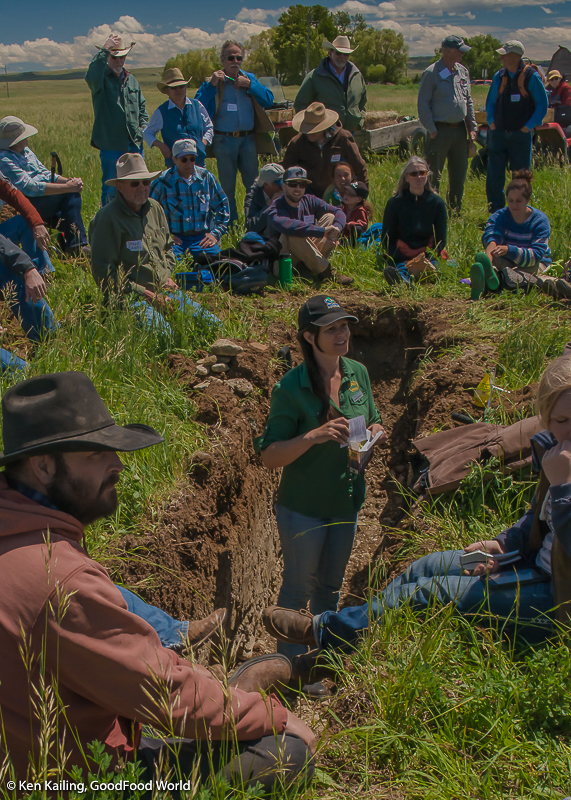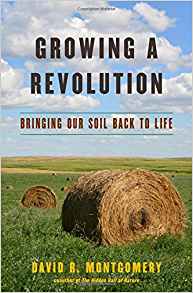Out in the Fields – Blending Farming and Ranching in the Drylands of the Northern Great Plains
On a beautiful early summer day, more than 100 people gathered at Jody and Crystal Manuel’s Prairie Grass Ranch for a Montana Organic Association Farm Day to learn more about dryland cropping, cover-crop grazing, soil health, and control of the organic farmer’s nemesis: bindweed.

